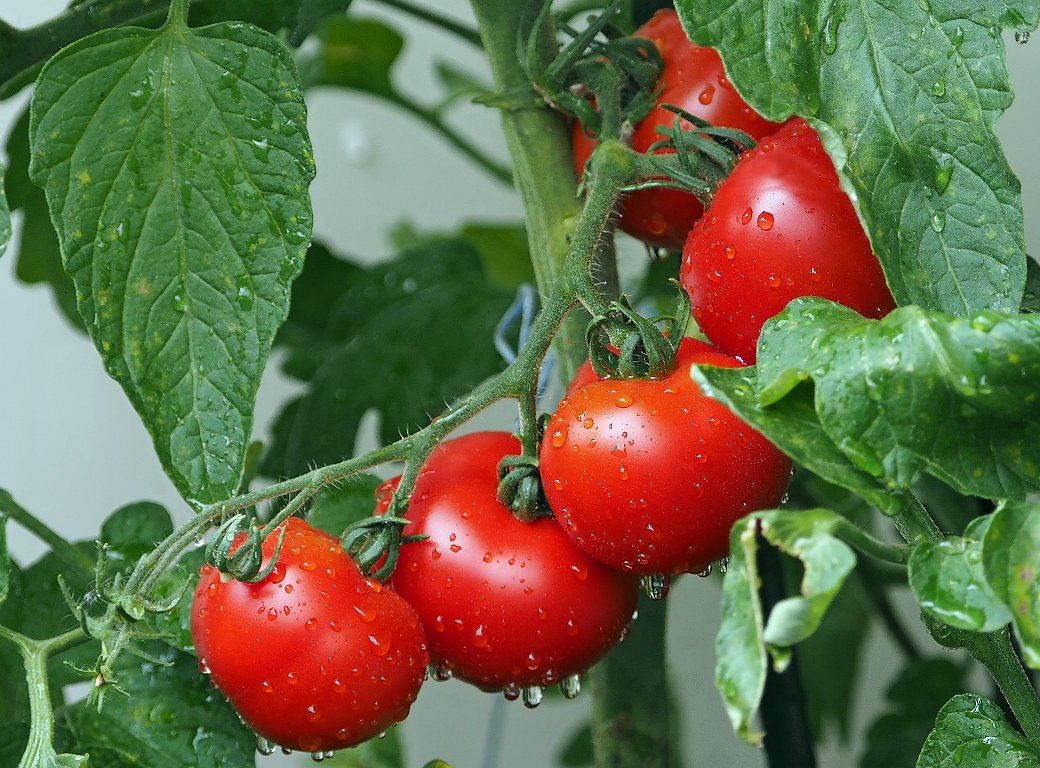
The Department of Plant Sciences of the University of Oxford has carried out a novel work. Scientists of the department have discovered a way to alter ripening rate and color of tomatoes. They have been successful in doing this by modifying a particular gene. This development can help to reduce wastage of perishable tomatoes, increase tomato yields, and enhance its transportability.
How the research was done
Researchers first analyzed the fundamentals of fruit ripening process. Plastids, which are tiny “organelles” in the cells of fruits, contain proteins and give fruits brightness in their colors. The role of plastids in fruit ripening was not known so well.
Thereafter, the researching team focused on a regulatory pathway, known as Chloroplast Associated Protein Degradation (CHLORAD). This was initially unearthed by the researchers in 2019. This pathway facilitates plastids to get proteins they require from other areas of the plant and to remove proteins they don’t require. This enables the plastids to carry out vital functions such as germination of seed, fruit production, fruit ripening, and others.
Oxford researchers detected a single protein called SP1 present in the plastids. It has a regulatory role in the CHLORAD system. The team of researchers showed that removing the gene accountable for SP1 protein can slow down the ripening of fruit, precisely tomatoes.
Similarly, when the gene’s expression is intensified, fruit ripening accelerates. So, to conclude, this is the gene that can delay or hasten ripening of fruit.
This research can show the path to development of technologies that regulate CHLORAD system to enhance efficiency of crop production. For instance, the research can help scientists develop a wheat variety that can remain greener for a longer period, produce more grains, and more.
The author of the study, Professor Paul Jarvis, said, “The regulatory properties of SP1 revealed in our study show that it has real potential as a technology for crop improvement. For example, it could be used to develop early or late fruiting varieties of fleshy fruits or improve the transportability or shelf-life of fruit by delaying ripening without compromising the quality of the ripe fruit.”
Scientists are amazed to find that just the amount of a single protein present in plastids can create far-reaching effects on ripening of tomatoes.
The journal Nature Plants published this discovery on May 8, 2021.













